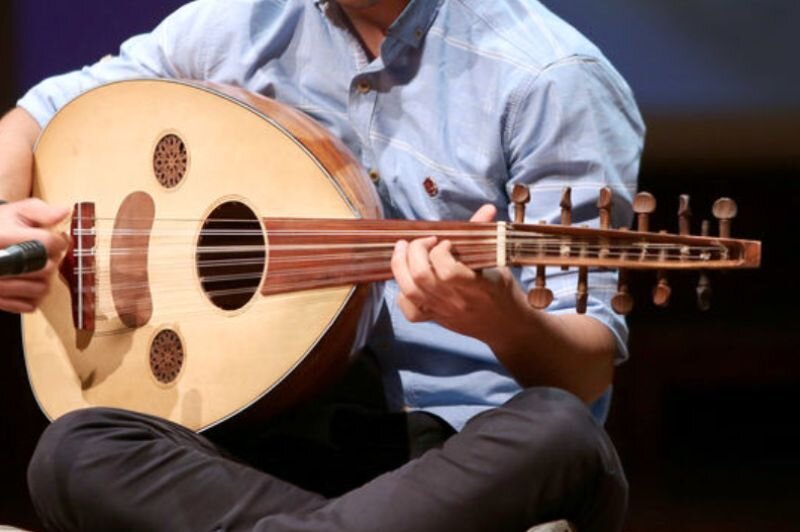

TEHRAN – UNESCO will soon be investigating the possible inscription of four Iranian elements, including the art of miniature and the ancient Mehregan Festival, on the world heritage list.
Final decisions will be reached at the 15th session of the Intergovernmental Committee for the Safeguarding of the Intangible Cultural Heritage, deputy tourism minister Mohammad-Hassan Talebian announced on Monday.
Possible inclusion of skills of making and playing the oud and pilgrimage to the St. Thaddeus Monastery will also be discussed during the session, which will be held online, over the coronavirus pandemic, from December 14 to 19, he said.
Due to the limitations of UNESCO for registration of each country’s intangible heritage, the dossiers of the elements have been prepared jointly with neighboring countries, the official added.
Iran is slated to register the art of miniature jointly with Turkey, Azerbaijan, and Uzbekistan; the Mehrgan Festival jointly with Tajikistan, pilgrimage to the St. Thaddeus Monastery with Armenia; and the skill of making and playing the oud with Syria, the official explained.
Iranian miniature is a traditional style of painting that is detailed, colorful, and small in size, often representing a mythological or religious theme. Due to its long history, Iran has a rich artistic heritage, and miniature is one of them.
Mehregan Festival typically brings together clusters of Iranian Zoroastrians in celebration of Mithra, an ancient goddess of friendship, affection, and love. The celebrations are usually opened up with keynote speeches by Zoroastrian religious figures and officials, followed by Shahnameh recitations, exciting contests, and other joyful customaries.
A key feature for the event is large spreads in purple laden with various ingredients, dishes, and elements each on behalf of a particular belief. Fruits, vegetables, dried nuts, sweets, rosewater, grilled lamb meat, lotus seeds, and silver coins and a scale are typically placed, the latter symbolizes autumnal equinox.
Mehregan falls on the 196th day of the Iranian calendar year that usually equals October 2 in the Gregorian calendar. The festivity was used to be a traditional autumn harvest festival with several accounts on its origins.
Oud is a short-neck lute-type, pear-shaped stringed instrument, which is thought that was invented by nomad tribes since it was light and mobile.
Oud’s warm and fluid sound makes it a versatile instrument in solo performances and showcasing the nuances of Persian music. It comes in different sizes, Arabic ouds have bigger size bodies and Turkish ones are smaller and Persian ouds usually fall in between.
Located in Iran’s West Azarbaijan province, the St. Thaddeus Monastery, also known as the Qareh Klise (“the Black Church”) is one of the oldest surviving Christian monuments in the country. It is situated in Chaldoran county some 20 kilometers from Maku, adjacent to the borders of Armenia, Azerbaijan, and Turkey.
The annual ceremony and pilgrimage in the St. Thaddeus Monastery is held in mid-July. Baptism of children and youngsters along with performances of traditional songs and dances are amongst highlights of the event.
Attendees commemorate the martyrdom of St. Thaddeus, one of the twelve disciples killed while he was preaching the Gospel. The legend says a church dedicated to him was first built in 68 CE where Qareh Klise is standing.
Thaddeus was an apostle of Christ and the ceremony is rooted in the last supper with Jesus Christ on the night of his arrest and execution by the Roman soldiers.
ABU/AFM
Related posts:
Views: 0
 RSS Feed
RSS Feed

















 December 9th, 2020
December 9th, 2020  Awake Goy
Awake Goy  Posted in
Posted in  Tags:
Tags: 
















